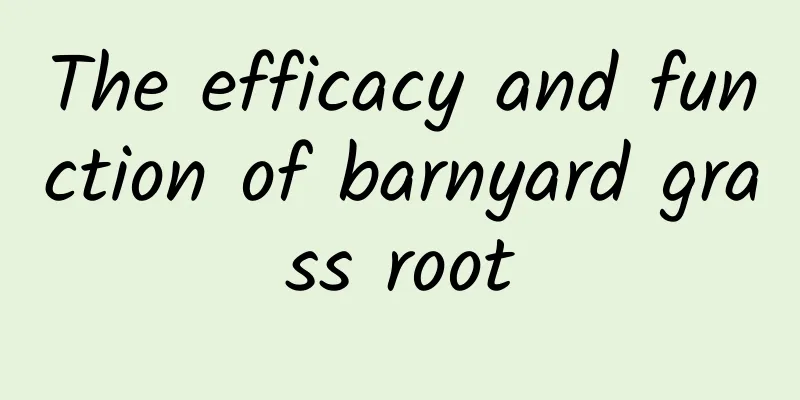eMarketer: In 2013, the number of global B2C e-commerce buyers reached 1.03 billion, and 44.4% of them were from the Asia-Pacific region

|
On June 28, 2013, market research company eMarketer released a report on Thursday, predicting that global B2C e-commerce sales will reach 1.2 trillion US dollars this year, a 17% increase over last year, with the highest growth in the Asia-Pacific region; the number of online shopping users in China this year will reach 270 million, and the B2C sales growth rate will be 65%. Based on the analysis of online retail products and services, research firm eMarketer predicts that in the next few years, the vast majority of B2C e-commerce growth will be contributed by the Asia-Pacific region. This year alone, B2C e-commerce sales in the Asia-Pacific region are expected to grow by 23%. Among them, China and Indonesia are leading the growth rate, with growth rates of 65% and 71% respectively. In contrast, the B2C e-commerce markets in North America and Western Europe are mature. Although the sales growth rates in these two regions are above double digits, they are still lower than the world average growth rate of 17%. The B2C e-commerce markets in North America and Western Europe are mature, and this year's sales growth rate is lower than the world average growth rate of 17%. It is estimated that the growth rate of B2C e-commerce in the Middle East and Africa this year is faster than that in the Asia-Pacific region, but the base is still small. The B2C e-commerce market in the Asia-Pacific region has accounted for nearly one-third of the world, slightly lower than the market share in North America. Next year, the Asia-Pacific region will become the locomotive driving the growth of global B2C e-commerce. B2C e-commerce in the Asia-Pacific region is large in scale and growing rapidly, and will become the locomotive driving the growth of global B2C e-commerce. This year, total B2C e-commerce consumption in Latin America will reach $45.98 billion, accounting for about 3.8% of the world, while B2C sales in Central and Eastern Europe will reach $48.56 billion, accounting for about 4% of the world. The figure shows the B2C business growth forecast for major countries in the world It is predicted that the number of B2C e-commerce buyers will reach 1.03 billion this year, of which 44.4% will come from the Asia-Pacific region. This year, the number of online buyers in China (Internet users aged 14 or above who shop online at least once a year) will reach 269.4 million. The number of online shoppers in the United States will grow to 155.7 million, remaining the second largest in the world. Although the B2C market is not small, there is still huge room for development, especially in developing countries, where many netizens still have no experience of online shopping. The B2C market in Western Europe and North America is mature, and the vast majority of netizens have become online shoppers. In the Asia-Pacific region, the online shopping penetration rate will reach 44.6% this year (the ratio of online shoppers to Internet users), and is expected to climb to 54.2% by 2017. Regions with low online shopping penetration rates are often also regions with low Internet penetration rates, and the growing Internet penetration rate will continue to expand the B2C market. The figure shows the online shopping penetration rate in major countries. The B2C market in Western Europe and North America is mature, and the vast majority of Internet users have become online shoppers. Compared with the previous survey report, eMarketer lowered its forecast for the growth of online shopping users and sales in Australia and South Korea, while raising its forecast for the growth of online shopping users in Indonesia. In addition, eMarketer also predicts that B2C business in Argentina and Japan will experience negative growth. This year, both Argentina and Japan have experienced significant fluctuations in currency exchange rates. |
<<: Seven major e-commerce and online marketing trends in the cosmetics industry in 2013
>>: econsultancy: Mobile users' shopping frequency and spending are still low
Recommend
What are the benefits of drinking Gotu Kola water?
Gotu kola is a plant of the Morphological family ...
my country's first Mars exploration mission achieves rich scientific results
According to the National Space Administration on...
This "Internet celebrity" food contains excessive amounts of heavy metal cadmium! What are the dangers of eating it as a meal every day?
Image from: Weibo In recent years, a "notori...
How to build a base for landing on the moon?
The National Space Administration revealed in the...
The creature in the world that looks most like a dragon is actually a "nerd"!
15 million years ago, there lived a group of slen...
Why do girls always have bruises on their bodies when they wake up?
"Honey, what did you do last night? Why is t...
The resolution of atomic images has been refreshed again. Is the microscopic world also about to enter the era of high definition?
Scanning tunneling microscope Scanning Tunneling ...
Amazon: Demand for e-commerce and entertainment surged during the epidemic, but rising fulfillment costs dragged down profits
According to Amazon’s 1Q20 financial report, Amaz...
Are the Beijing Winter Olympics commemorative banknotes made of plastic? In fact, the banknotes of these countries are not "paper" either
The ice sports commemorative banknote issued by t...
What does Astragalus treat?
What exactly does Astragalus treat? Most people k...
What is the difference between raw and cooked Eucommia ulmoides?
Eucommia ulmoides is a plant-based medicinal mate...
Do you have unbearable stomach pain? Be careful! It may be...
I haven't had a bowel movement or passed gas ...
Side effects of Bidens pilosa
Bidens pilosa is a herbaceous food that is common...
What are the differences between bloodwood and rosewood?
Playing with toys is a way for modern people to e...
Chasing dreams with stars: Remembering Yuan Longping丨"He has always been my guiding light"
Your browser does not support the video tag Edito...









